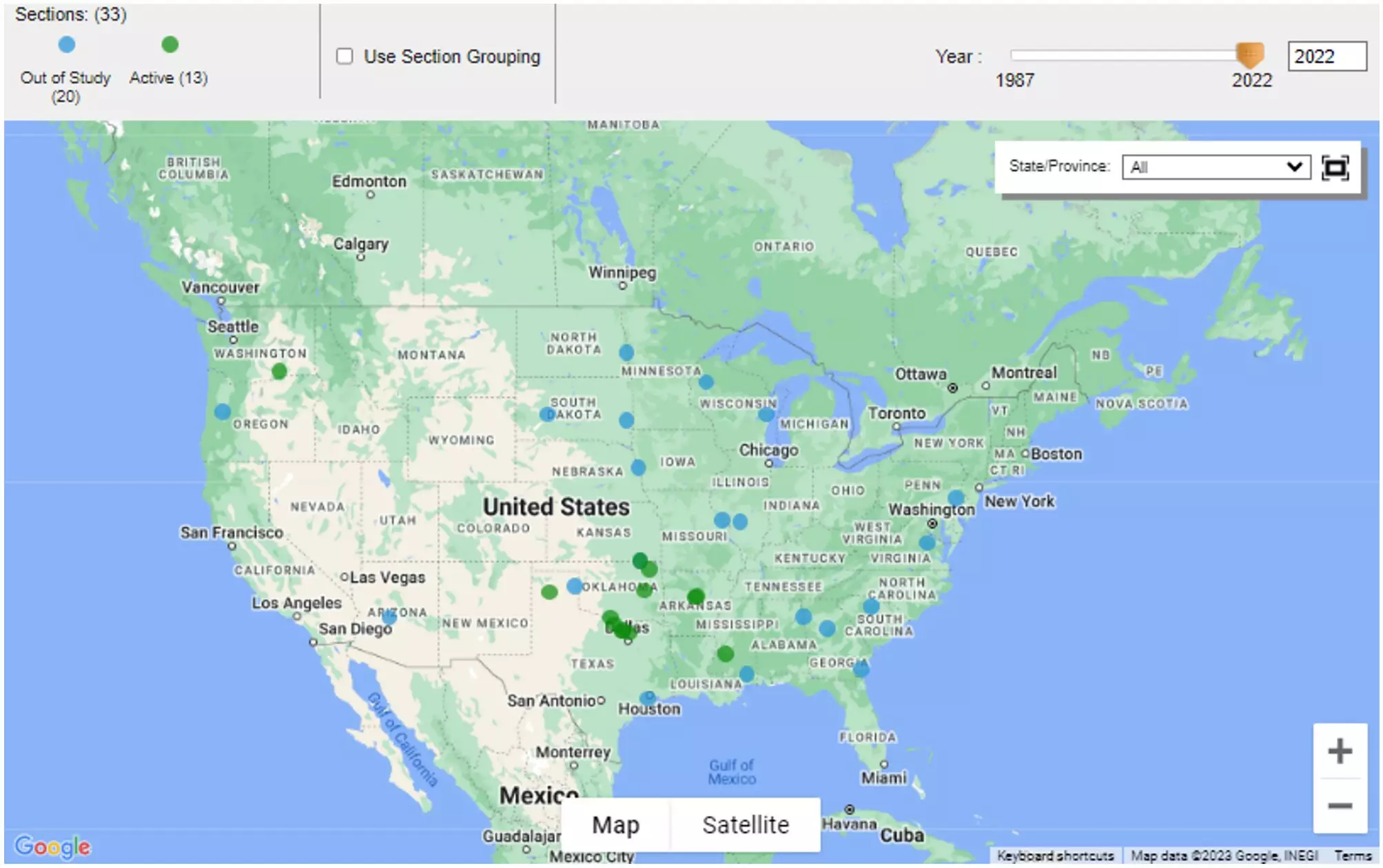Concrete is the backbone of modern infrastructure, from towering skyscrapers to essential roadways, its strength and durability make it an ideal choice for construction. Yet, reinforced concrete is not invulnerable; it is prone to a phenomenon known as spalling, which can lead to hazardous structural failure over time. Spalling often results from the corrosion of embedded steel reinforcement, which expands upon rusting, applying pressure on the surrounding concrete. This expansion manifests as cracks and delamination, compromising the integrity of crucial structures and posing significant safety risks.
Understanding the precise conditions leading to spalling is imperative, especially as aging infrastructure continues to challenge civil engineering sectors worldwide. Researchers from the University of Sharjah have taken a significant leap forward by employing machine learning models that predict when and why these deteriorations occur. These predictions promise lasting benefits not only for engineers but also for public safety by enabling timely interventions.
The innovative research conducted by the team at the University of Sharjah focuses on employing machine learning as a tool to unravel the complexities surrounding concrete deterioration. By integrating statistics with advanced computational techniques, they have been able to establish predictive models that meticulously analyze various factors contributing to spalling. Key variables examined in the study included the age of the concrete, environmental conditions such as temperature and precipitation, traffic load, and structural dimensions like pavement thickness.
The researchers have utilized Gaussian Process Regression and ensemble tree models, which adapt effectively to the intricate relationships typical of datasets involving multiple variables. Their findings indicate that these models can predict not only when concrete may start to deteriorate but also identify which factors significantly contribute to spalling. This dual capability can be transformative in the realm of civil engineering, where proactive measures can lead to the extended lifespan of concrete infrastructures.
In their mathemetical dissection of spalling, the researchers emphasized the multifactorial nature of the deterioration process. Most notably, they highlighted the impact of age, which serves as a vital indicator. Older concrete is inherently more susceptible to spalling, which raises concerns about the thousands of miles of aging concrete infrastructure worldwide. Additionally, climate variables such as maximum annual temperature, average annual precipitation, and humidity levels serve as critical external stressors.
Traffic load was another pivotal factor taken into account, measured through the Annual Average Daily Traffic (AADT). The study underscores how consistent loading can accumulate micro-damage over time, leading to significant structural implications, especially in Continuously Reinforced Concrete Pavement (CRCP). Such pavements are increasingly favored in modern construction for their resilience against joint-related wear and tear. Beyond merely cataloging these factors, the researchers employed regression analyses to elucidate relationships among them, creating a comprehensive profile of spalling predictors.
With the advent of these predictive models, the research unveils extensive implications for engineering practices and infrastructure management. Prof. Ghazi Al-Khateeb, a leading authority on pavement mechanics, pointed out that the insights offered through their study serve as a blueprint for developing maintenance strategies that directly address risk factors associated with concrete deterioration. By emphasizing the importance of considering variables like traffic loads and structural age in routine assessments, engineers are empowered to make informed, proactive decisions that may ultimately save time and resources while enhancing safety.
Utilizing machine learning is not without its challenges, however. The research points out that the effectiveness of these predictive models is heavily influenced by the characteristics of the underlying dataset. Thus, the careful selection of models is emphasized, as variability in accuracy based on different structural contexts can significantly impact predictive reliability. Engineers are advised to approach the use of machine learning with cautious optimism, recognizing its potential while also acknowledging the nuances involved in its application.
This research marks a pivotal advancement in understanding concrete deterioration, particularly regarding its spalling. By effectively harnessing machine learning, we have the opportunity to redefine maintenance practices within civil engineering. This innovative approach not only improves the durability of CRCP but also enhances overall infrastructure management strategies. The implications are profound—imbedding insights gleaned from predictive analytics into the planning and maintenance of concrete structures promises to foster longevity in our built environment. As infrastructure progresses, leveraging such science-driven methodologies may become integral to sustainability, safety, and the economic efficiencies of our cities. Implementing these models will challenge practitioners to evolve and adapt, paving the way for the future of resilient infrastructure.


Leave a Reply